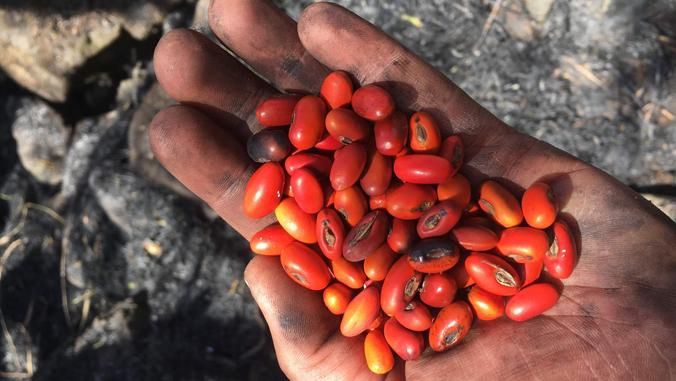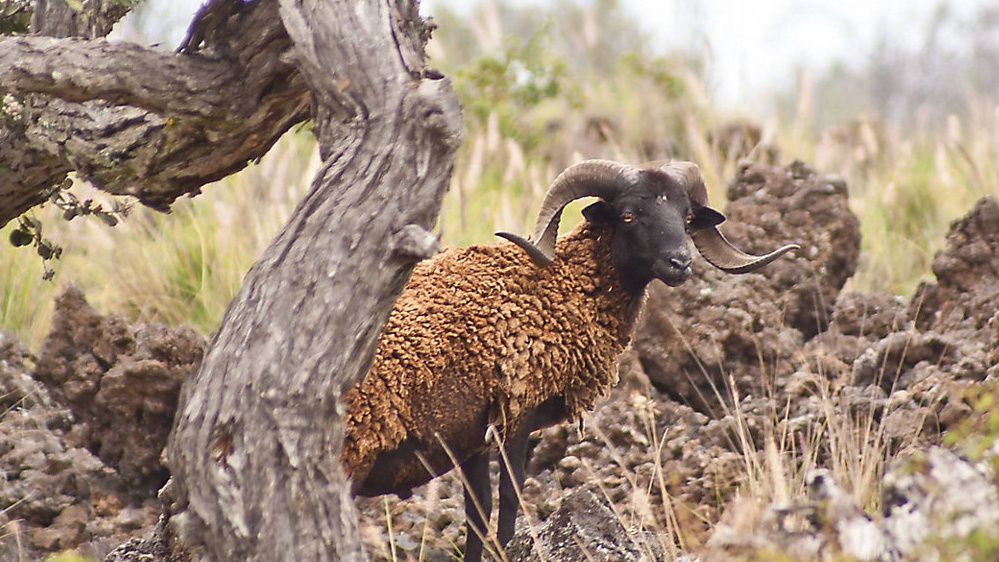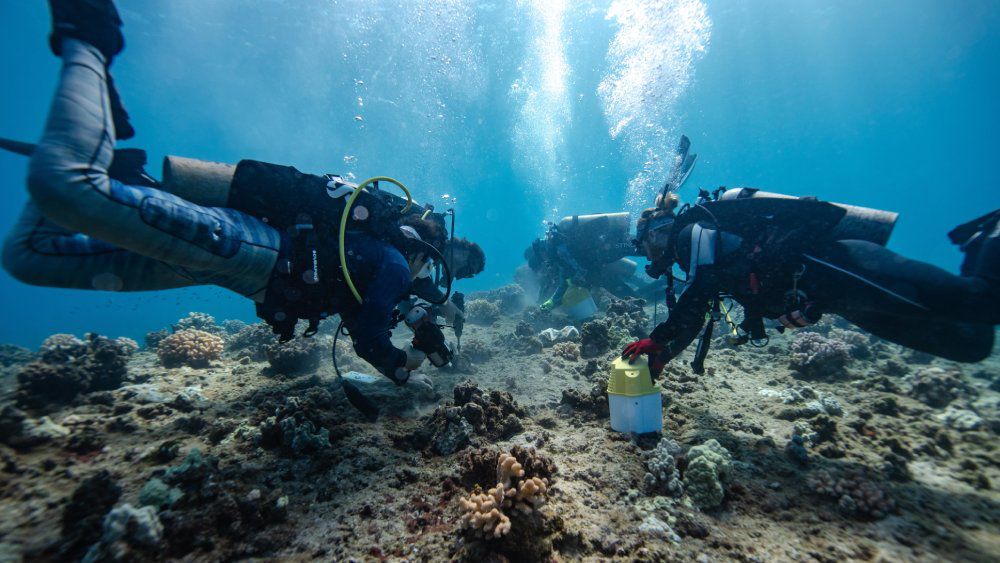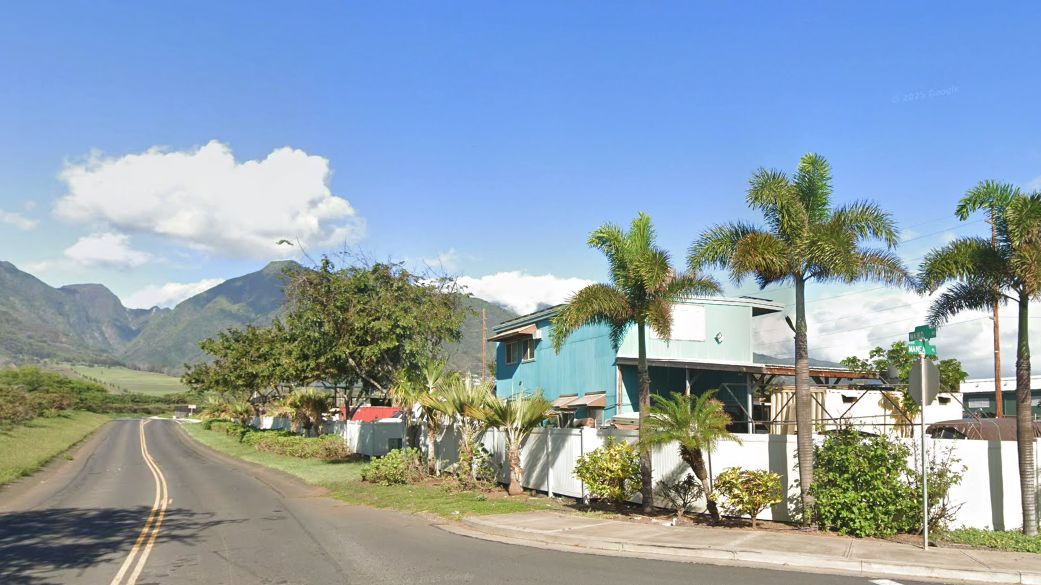A University of Hawaii researcher is investigating whether restoring ecosystems with non-invasive and native plants could help prevent wildfires.
Clay Trauernicht, an Extension Specialist at the College of Tropical Agriculture and Human Resources, leads the federally funded $4.6 million project.
In Hawaii, more than 1 million acres of non-native vegetation grow, much of it being highly flammable grasses that have flourished on abandoned plantation lands.
Trauernicht is investigating increasing seed stocks for farms and orchards, storing wild seed collections for post-fire restoration projects, and developing “stock seed” plots to fill Hawaii’s landscape with plants that will mitigate fire risk.
“Whether we’re growing out plants for landscape-scale restoration on fallow lands or directly re-seeding after fire, the vision is the ability to make it rain native seeds,” said Trauernicht in a statement.
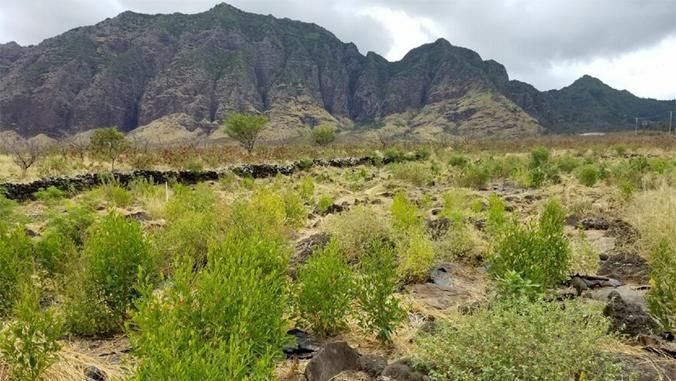
The project will involve three phases: wild collection, stock seed production and seed amplification. Over the next three years, Trauernicht and his team will work closely with local partners to build seed collections, aiming for up to 2 million seeds across 5 to 8 species.
Trauernicht’s team will store wild seed collections in Hawaii’s four counties for mitigation and post-fire restoration projects. The team will also develop seed-sharing protocols and educational resources and cultivate “stock seed” plots at CTAHR Agricultural Research Stations to provide seeds for farms and orchards.
“My perspective is that, like land and water, we need to treat seeds and plant lineages as a public trust,” said Trauernicht. “So having UH be able to document seed sources, provide transparency on geographic representation, and ultimately ensure equitable access to quality plant materials is a major part of the project.”
Michelle Broder Van Dyke covers the Hawaiian Islands for Spectrum News Hawaii. Email her at michelle.brodervandyke@charter.com.





